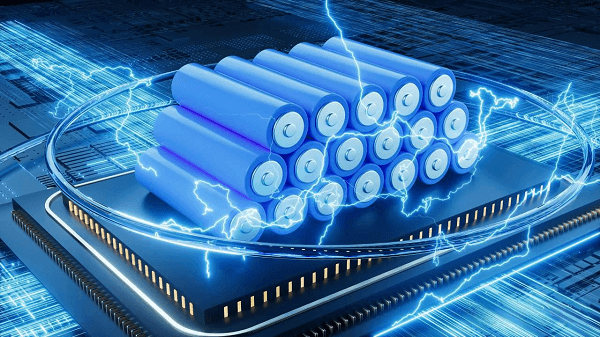Lithium batteries are like "chemical elevators". Lithium ions shuttle between the positive electrode (lithium iron phosphate/ternary lithium) and the negative electrode (graphite), and electrons form current power supply through external circuits. Ternary lithium batteries have high energy density (Tesla Model S 21700 battery cells reach 333Wh/kg), which is suitable for long-range electric vehicles; lithium iron phosphate batteries are safe and durable (BYD blade batteries have more than 2,000 cycles). It is recommended to keep the power at 30%-80% on a daily basis, and shallow charging and shallow discharge can prolong life.

Application King
Electric vehicles: 2025 Zeekr 001 has a range of 1,032 kilometers, and NIO ET7 semi-solid-state batteries support 1,000 kilometers + battery replacement, and a range of 550 kilometers at minus 20℃.
Energy storage field: In 2024, the scale of China's electrochemical energy storage market will be 266.1 billion yuan, with lithium batteries accounting for 98%; Datang Hubei's 100MW sodium-ion energy storage power station will be put into operation, and a single charge can provide electricity for 12,000 households.
Consumer electronics: Bone conduction headphones, Yushu robot dogs and other devices rely on lithium batteries to drive, and soft-pack batteries are suitable for portable scenarios due to their lightweight characteristics.
Environmental challenges
Resource dependence: There are environmental disputes in lithium and cobalt mining, and my country's external dependence on lithium resources exceeds 70%.
Recycling system: The scaled utilization of old batteries (turning to the energy storage field) and recycling (extraction of nickel, cobalt and lithium) are promoted. The EU "Battery Regulation" and China's "Digital Passport" strengthen the management of carbon footprint throughout the life cycle. The recycling volume of power batteries is expected to reach 1.04 million tons in 2025.
Future Direction
Solid-state battery: CATL's sulfide battery has an energy density of over 500Wh/kg and will be mass-produced in 2027; Changan's "Golden Bell" battery supports a range of 1,500 kilometers and will be put into use by the end of 2025.
Sodium-ion battery: CATL's new sodium-ion battery has an energy density of 175Wh/kg and can maintain 90% of its power at minus 40°C. The life of the heavy truck start-stop battery exceeds 8 years, and the cost is reduced by 61%.
Cold Knowledge
The lithium battery was invented by Yoshino Akira, Goodenough, and Whittingham in 1985, and the three won the Nobel Prize for it. It is not only the "energy core" of electronic equipment, but also supports the power needs of cutting-edge fields such as space shuttles and deep-sea probes.



